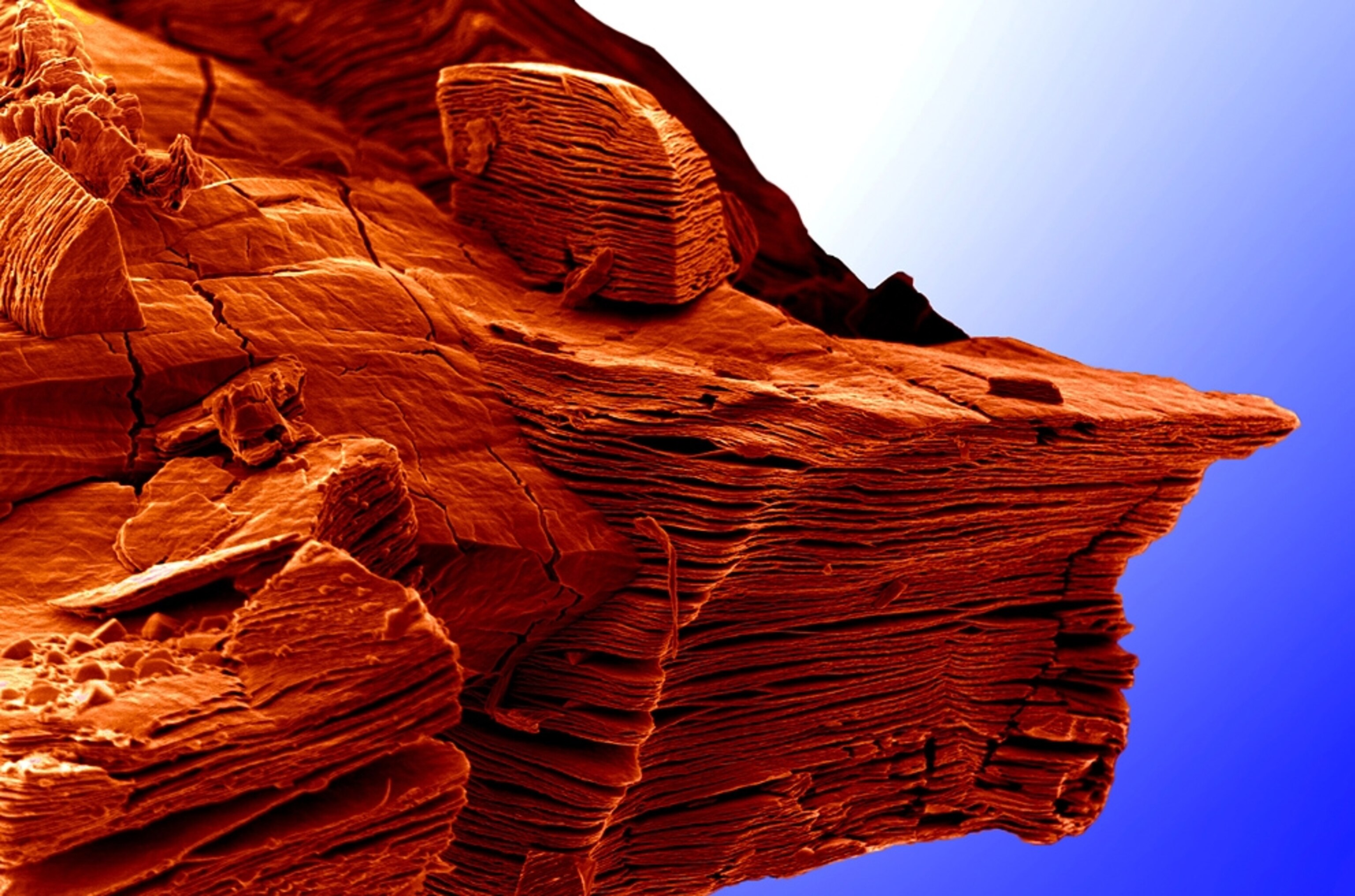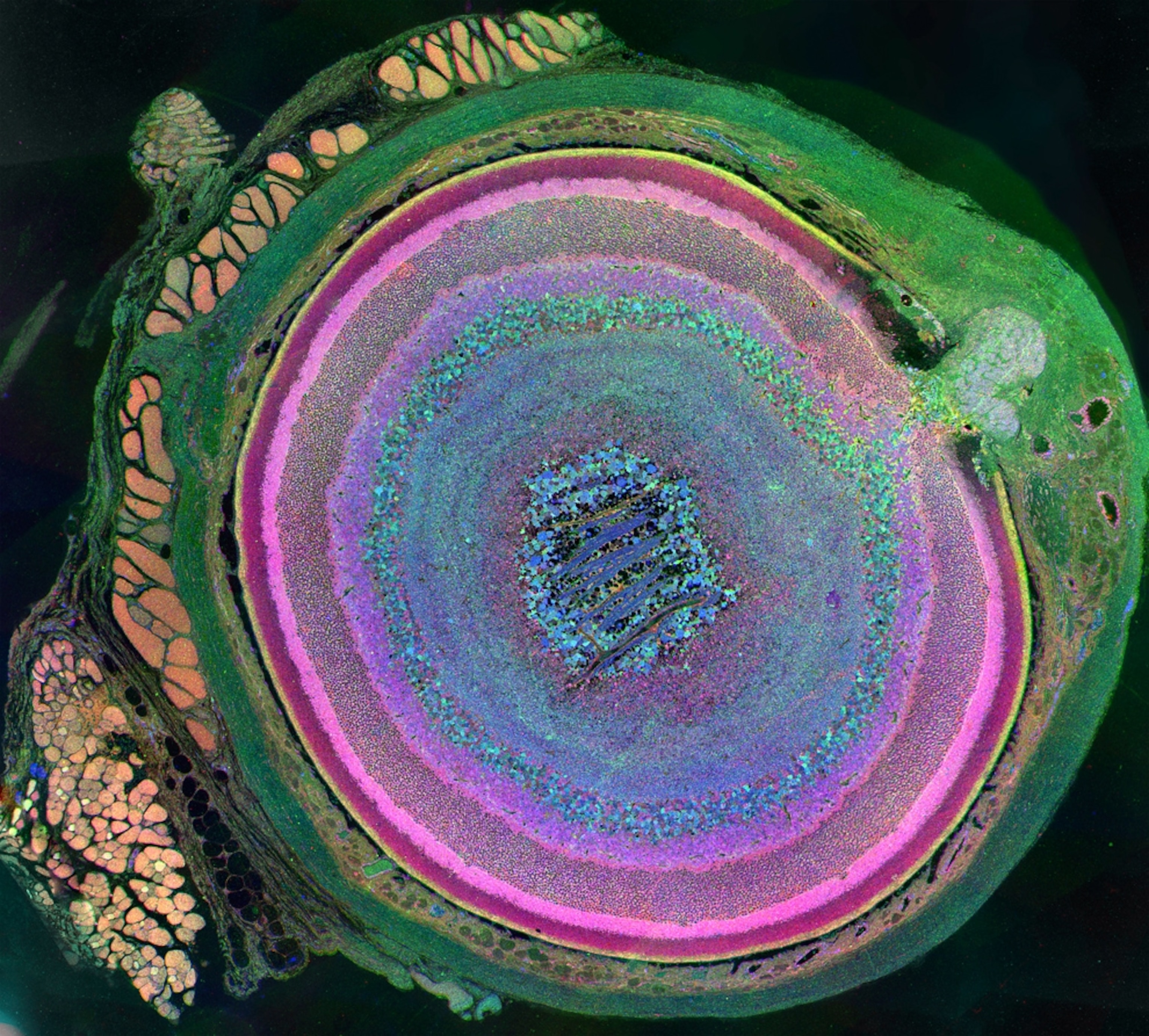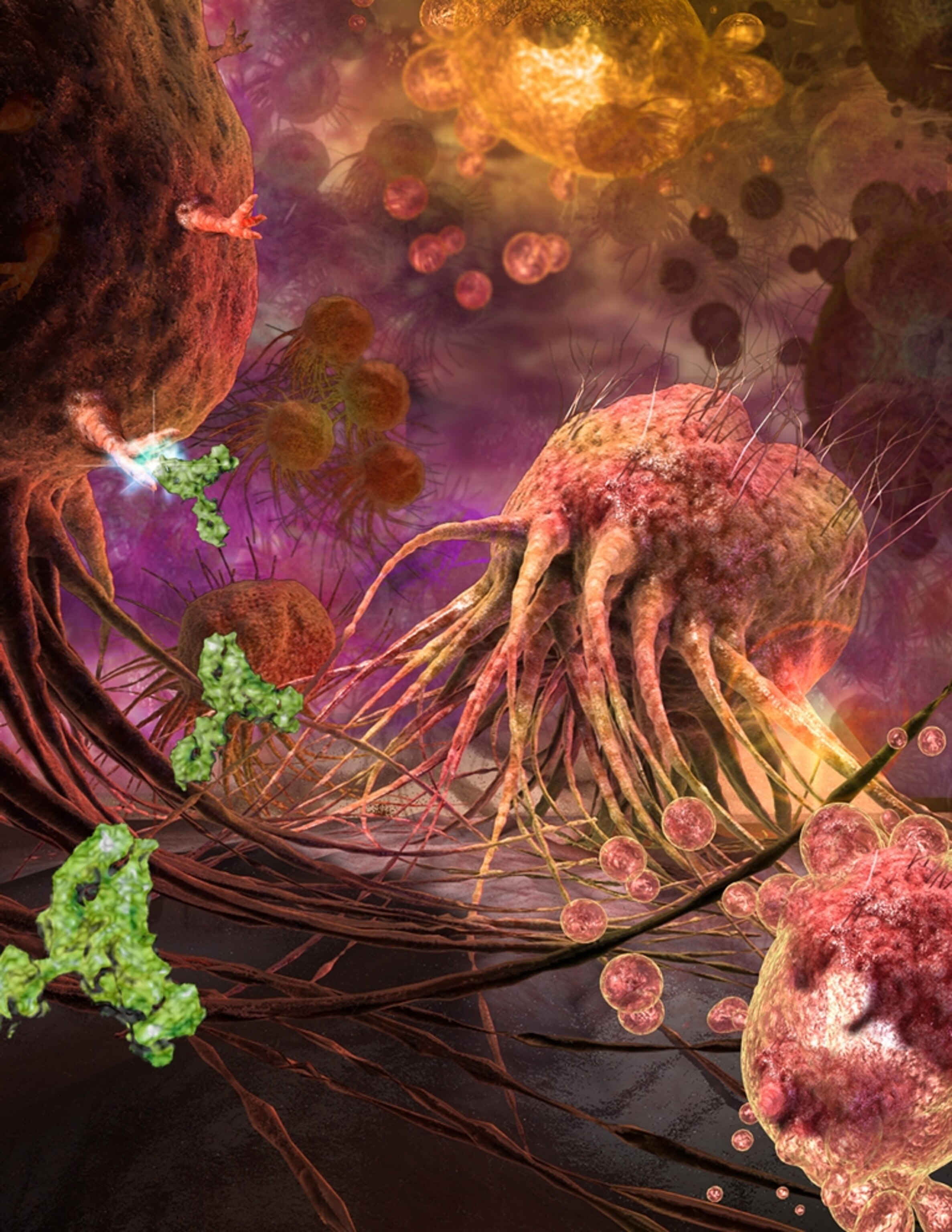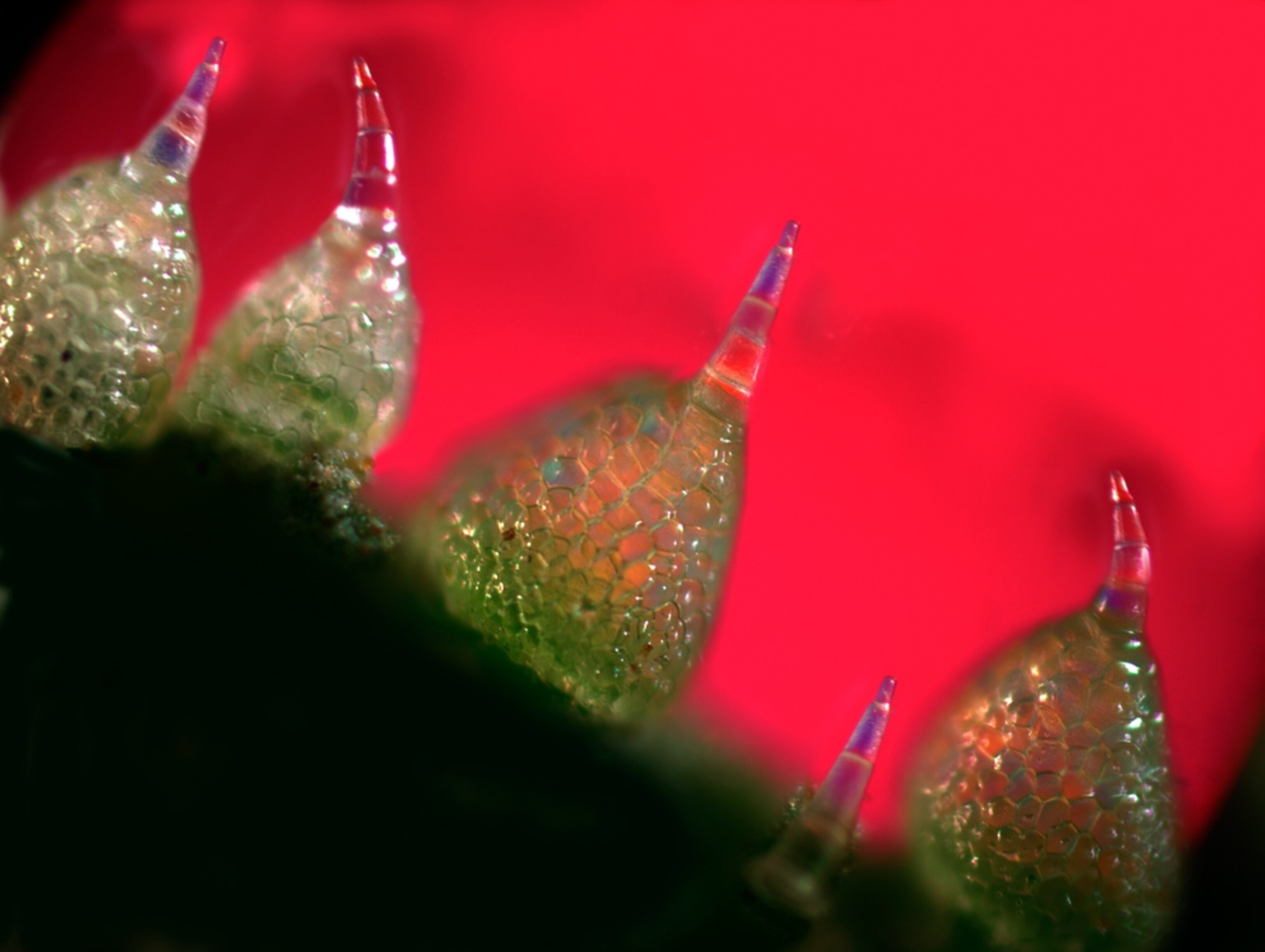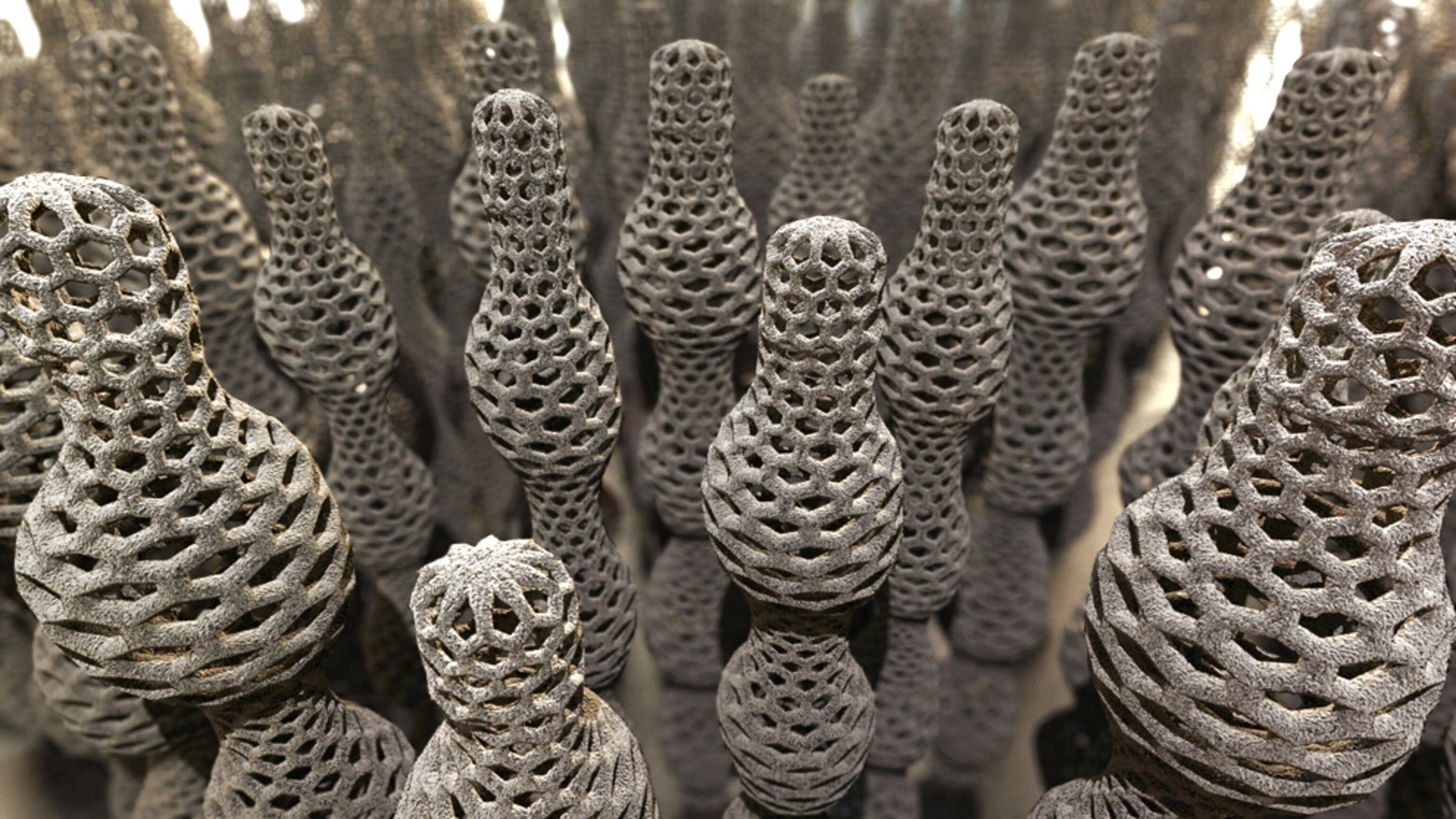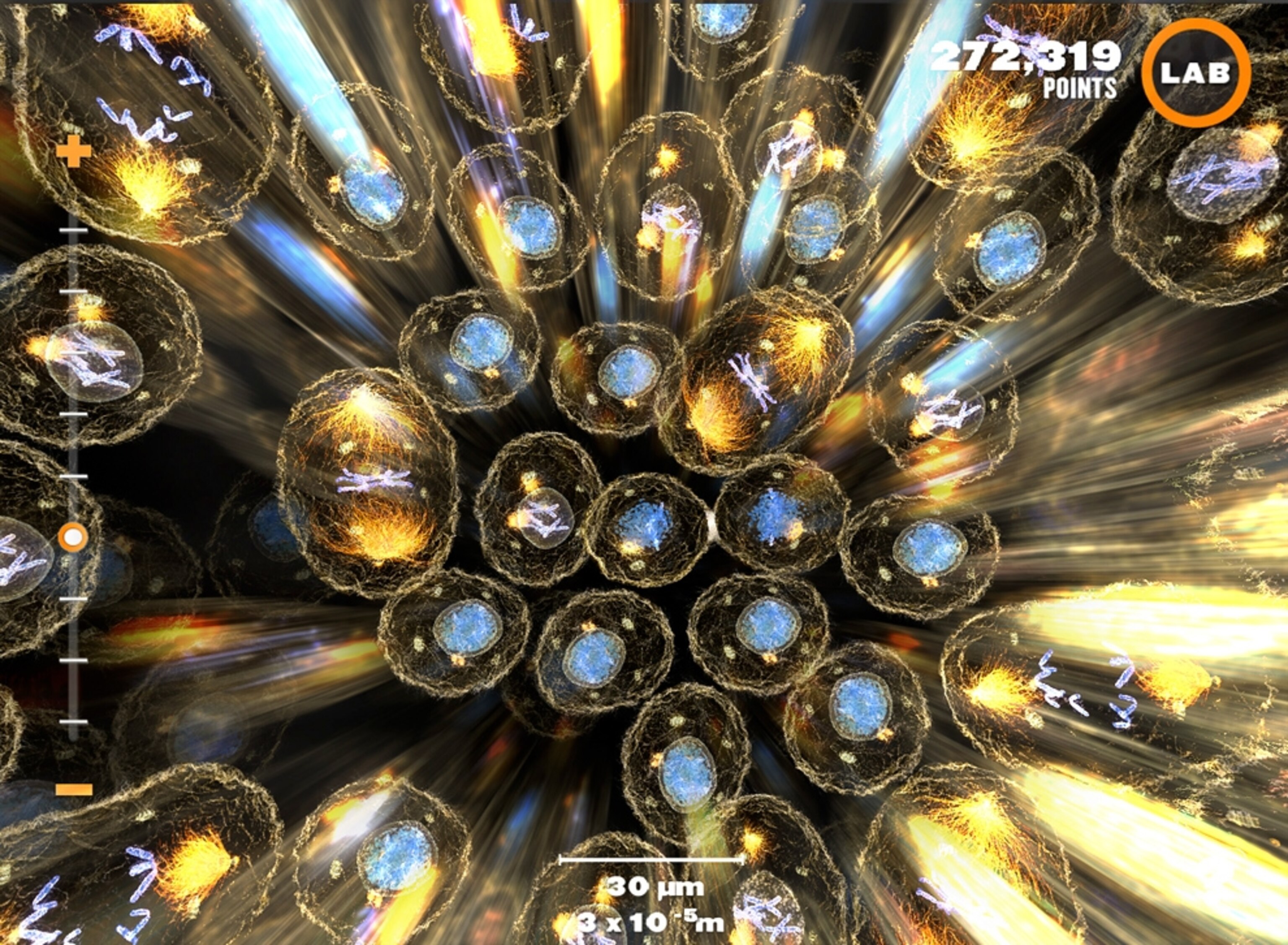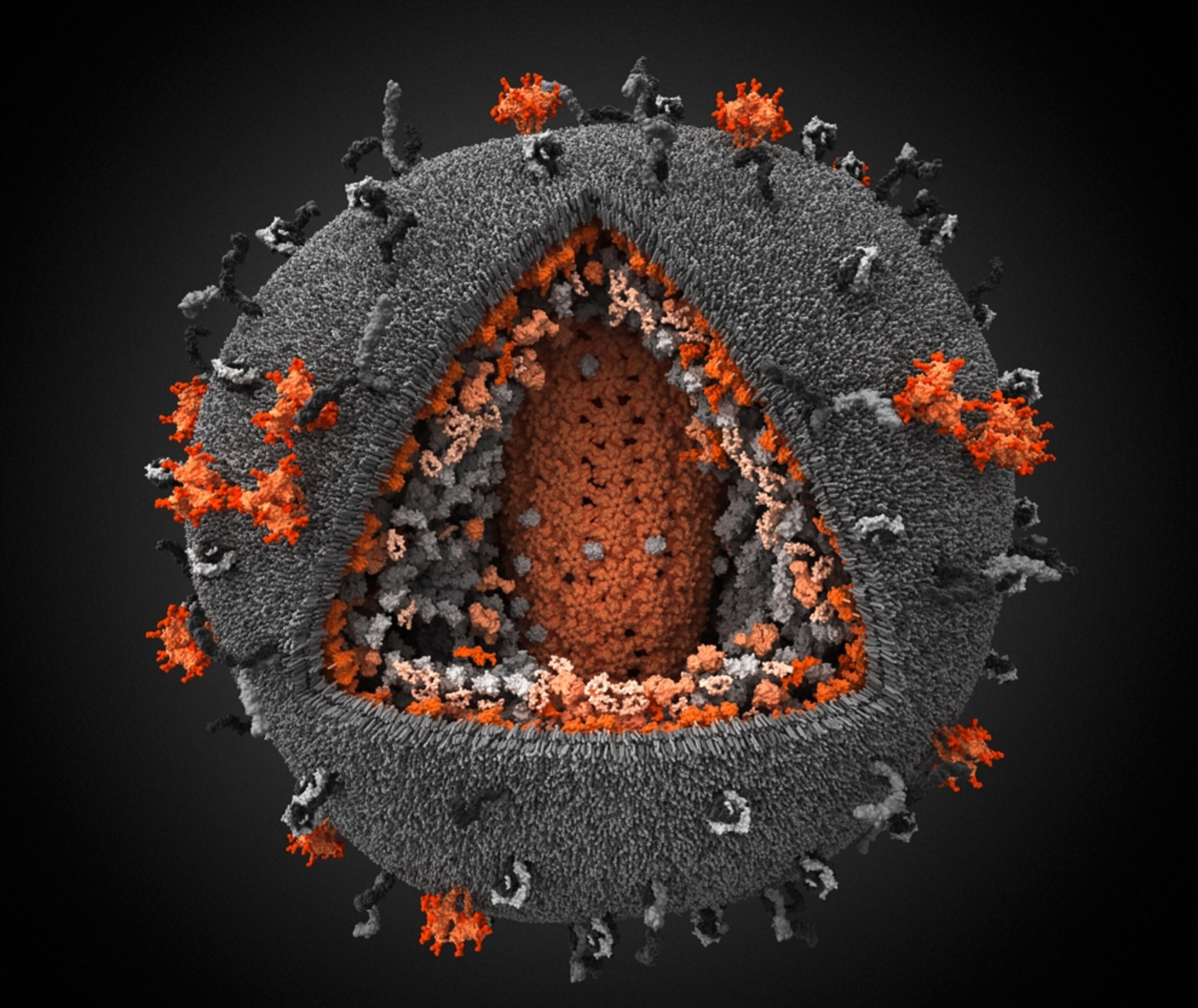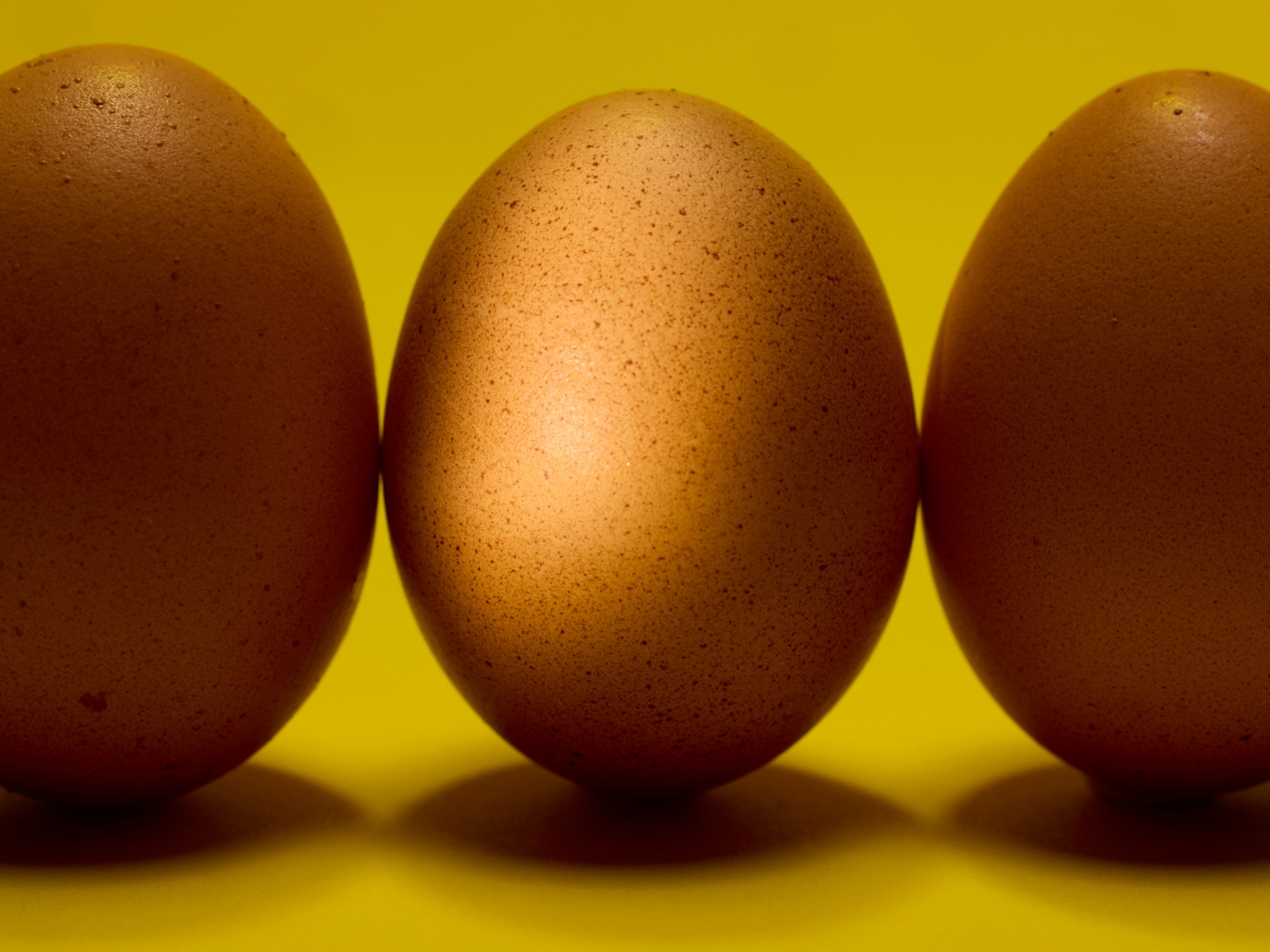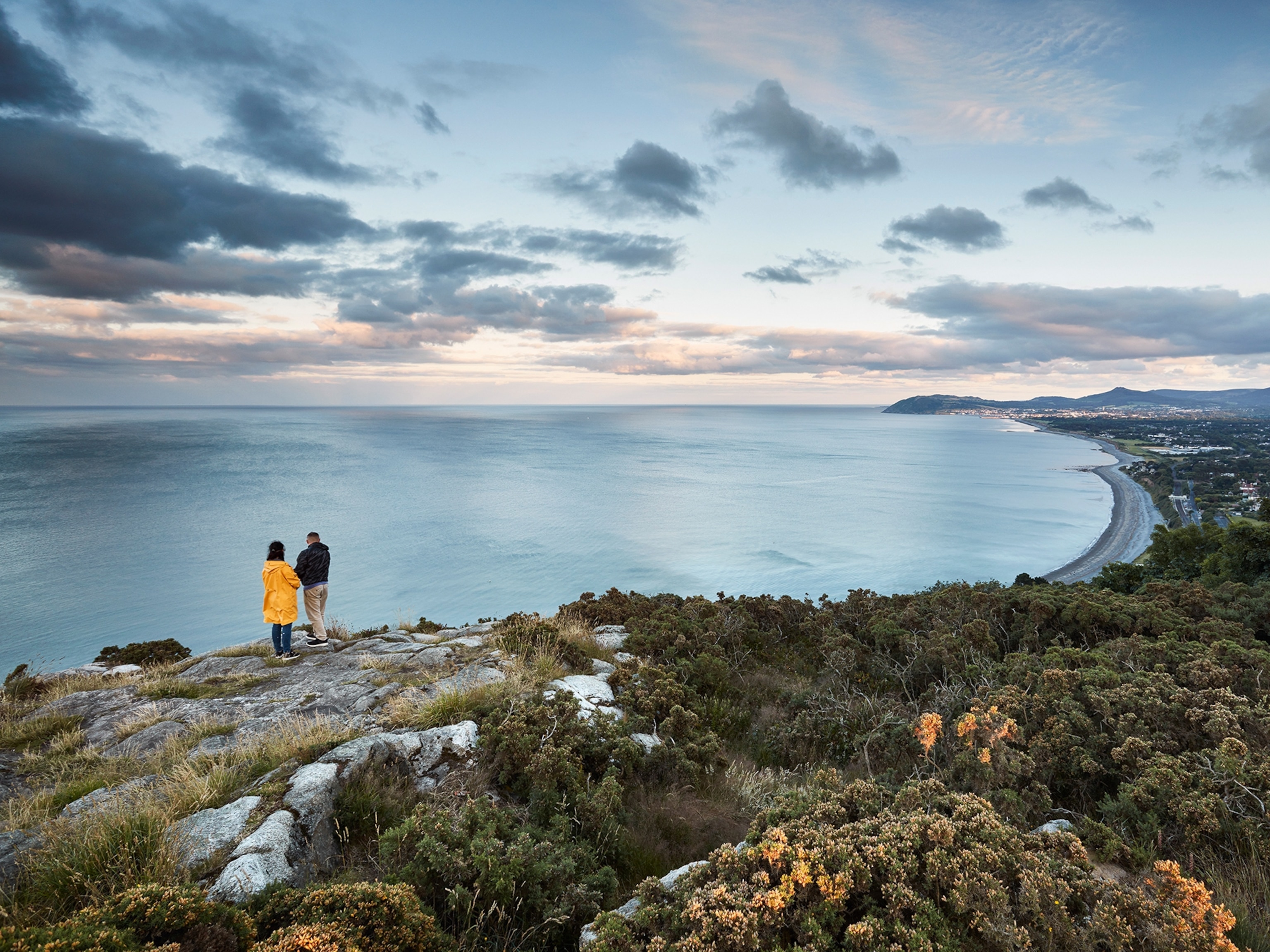Tiny 2-D "Frontier"Weakly bonded particles that resemble a russet cliff in the U.S. Southwest won the people's choice award for photography in the 2011 International Science and Engineering Visualization Challenge. The layered solid—which resembles graphene, a main component of pencil lead—represents a new family of two-dimensional materials called MXene, according to co-creator Babak Anasori of Drexel University in Philadelphia. The 2-D material has unique properties that could lead to advances in fields such as energy-storage technology, the researchers say."This image was chosen to represent a new frontier—that is only visible from the cliff—in the world of 2-D materials that will indubitably play an important role in the future," Anasori wrote in a statement. Sponsored jointly by the journal Science and the National Science Foundation (NSF), the annual challenge was founded because "some of science's most powerful statements are not made in words," according to NSF. Overall, "the spirit of the competition is for communicating science, engineering, and technology for education and journalistic purposes."Judging criteria included visual impact, effective communication, freshness, and originality. (See some of the 2010 winners.) —Christine Dell'Amore Photograph courtesy B. Anasori, M. Naguib, Y. Gogotsi, and M. Barsoum, Drexel University
